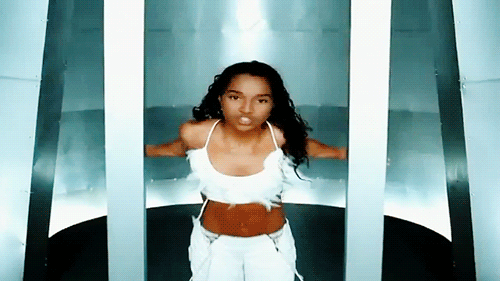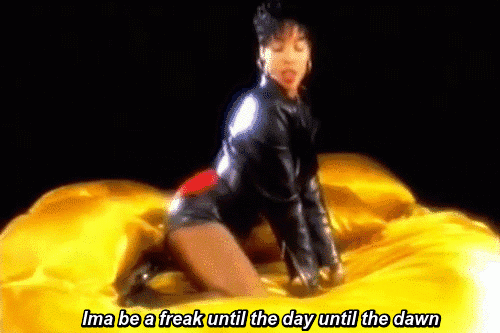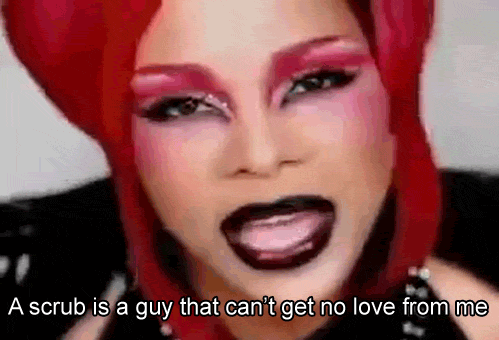Vitoria S.

R 'n' B
During the 1980’s, when this genre really emerged the music videos were largely performance based. Also, videos at this time would have been a dance routine.
In terms of costumes, artists would have been seen wearing formal and respectable clothes.
During the 1990’s the popularisation of this genre increased, and the conventions for their music videos changed.
costumes began to change and artists began to wear more casual clothes. The music videos had also changed because they became slower, largely narrative based and more emotive which meant cinematography had more close up shots.
More modern R&B videos have different connotations compared to the previous decades.The videos now feature male artists topless and women can be seen wearing minimal clothing. Videos can also be seen as more sexual and material based.
Adina Howard - Freak Like Me (early 90s)
RITA ORA - Body on Me ft. Chris Brown (2015)

TLC - No scrubs (90s)
Voyeuristic treatment of the body.


As the progression of R'n'B increased the clothing in the videos decreased. The voyeuristic treatment has now become a mainstream convention of R'n'B music videos, if not almost every music video. In the 80s and 90s the costumes for the musicians and dancers were bare but at least, it remained somewhat respectable, however, today we often see music videos with naked women, covering themselves with barely anything. Although this broadens to the male audience by appealing to their demands it provokes danger, especially for young girls and boys. emphasising that it's ok to idolise the female body and that everyone has to fit these 'perfect' body ideals.
Our society seems to rotate around the sexualisation of not only the female body but also of the male body. R'n'B has a female dominated audience so appealing to their demands is the top priority.
Camera shots, angles, movements and editing.





Camera angles are mostly used to help empower the artist. So there are many low angle shots and eye level shots to emerge the audience. This combination helps show the musician's wealth and status which is what sells R'n'B.
There are many close up shots which conform to the labels demand of having the artist's face plastered everywhere. This also helps bring in an audience and sell the product. The artist is always the face of the video since it is their image that is valuable, not necessarily the music (at least, this can be said for today's music videos!).
Camera movements are usually simple compared to all the mise-en-scene. They remain quite still to allow the capture of the whole scene and to keep the audience's attention of the artist and not sudden moves that might distract the audience.
There is a sudden contrast between original R'n'B with modern R'n'B. Today we have moved on from the high key lighting and common dance routines ( that's a thing of the 90s - But I miss it!)
Instead, we have dark moody shots with low-key lighting and shadows. Most music videos today try to conform to the sexual aspect of narrative and this turns out to sell quite well in today's industry.
Personally, I think R'n'B music videos lack a strong story line and this is not something I would like to conform to as to me the story is the most important part of anything.